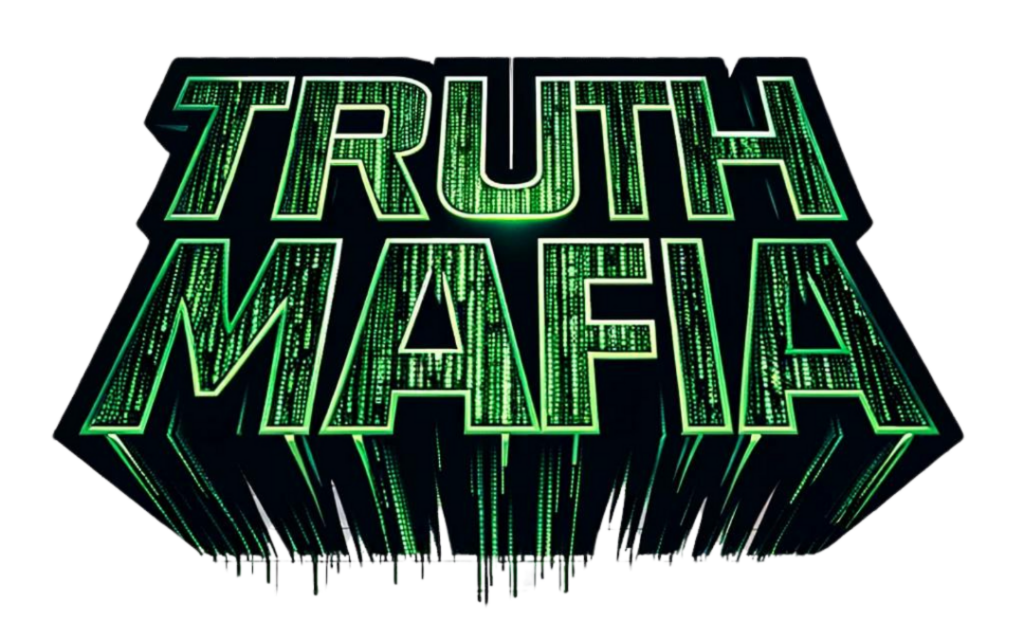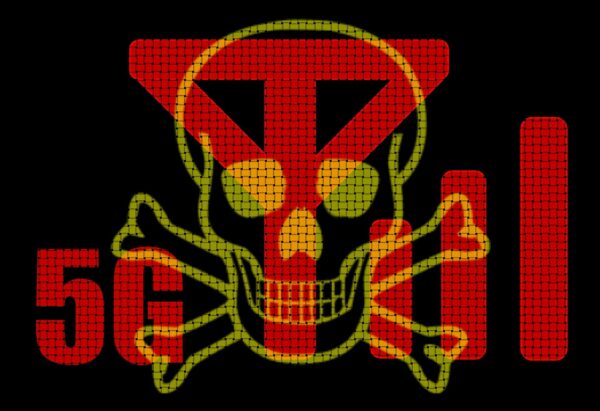
MIT AI 3D Printing Robots
Summary
➡ MIT’s Computer Science and Artificial Intelligence Laboratory in collaboration with ETH Zurich has developed an advanced 3D inkjet printing system for creating complex multi-material systems like 3D robotic hands. The system incorporates a unique vision-controlled jetting technique and supports the use of a myriad of materials like hydrogels, silicon materials, epoxies, and special types of durable polymers. Alongside this, a new optimization framework for robot motion planning has also been unveiled.
Transcript
In the latest breakthrough, robots begin printing their own robot hands with bones, ligaments and tendons, while a new optimization framework is discovered for robot planning. Plus, Google DeepMind unveils its latest student of games AI. System. But first, introducing Wirestock, an innovative platform that leverages AI technology to revolutionize how creators monetize their visual content, making it easier for creators to market and sell their artwork on multiple visual content marketplaces.
With Wirestock, creators even benefit from a range of commissions between 30 and 100%, ensuring they receive the recognition and financial reward their creativity deserves. In fact, wirestock’s. Suite of AI. Tools opens a world of creative possibilities. From altering faces with face swap to reinventing visuals with reimagine and mixing styles with image mixer, the artistic possibilities are limitless. And with the premium AI plan for 1499 a month, artists can create 1000 AI images, submit 200 works, plus enjoy unlimited upscales with a 25% discount on annual subscriptions.
And there’s more, because Wirestock also hosts daily AI challenges where artists can show off their skills, win prizes and get recognition a place where creating AI art leads to earning from it. So visit Wirestock today and take a significant step forward in your creative career and enjoy a 20% discount on the Wirestock premium plan by using the code below. But back to the latest robotics advancement producing 3D printed hands complete with bones, ligaments and tendons.
Researchers from the MIT Spinout Inkbit with ETH Zurich have created a cutting edge 3D inkjet printing system capable of fabricating fully assembled complex multimaterial systems, which is a breakthrough that significantly surpasses the capabilities of current multimaterial 3D printing technologies, particularly in the types of materials used and the speed of printing. The new system introduces an innovative technique called vision controlled jetting, a process involving four high frame rate cameras and two lasers.
These components work together to continuously scan the print surface, enabling the system to deposit materials with unparalleled precision. As the system’s 16,000 nozles deposit tiny droplets of resin, the cameras capture detailed images. A computer vision system then transforms these images into high resolution depth maps, comparing them against the computeraided design of the part being fabricated. This comparison allows for realtime adjustments in the amount of resin deposited, ensuring the final structure matches the intended design accurately.
One of the unique aspects of this system is the use of wax as a support material, which enables the creation of cavities, or intricate channel networks within printed objects. After printing, the object is heated, melting the wax and draining it out, leaving open channels throughout the structure. This StateoftheART printer has already been used to create advanced robotic devices that combine both soft and rigid materials. Notable examples include a tendon driven robotic hand featuring soft fingers with sensor pads and a rigid load bearing core, as well as a sixlegged walking robot capable of sensing and grasping objects.
The implications of this technology extend far beyond its current achievements. Researchers highlight the system’s geometric flexibility, stating that it can print almost anything. Future endeavors include exploring the use of this system with hydrogels, commonly used in tissue engineering, as well as silicone materials, epoxies, and special types of durable polymers. And to top it off, MIT’s Computer Science and Artificial Intelligence Laboratory has just developed a new optimization framework for robot motion planning, enabling robots to navigate through complex environments more efficiently than ever before.
This innovative system, known as Graphs of Convex Sets Trajectory Optimization, or GCs, combines graph search and convex optimization to guide robots through intricate spaces, like navigating a cluttered room or maneuvering around obstacles in real time. Furthermore, the GCs algorithm stands out in its ability to map out collision free trajectories across as many as 14 dimensions, potentially more. This capability is particularly beneficial for applications where multiple machines need to operate in coordination, such as in warehouses, libraries and households.
Unlike previous methods, which struggled in high dimensional spaces, GCs uses fast convex optimization, enabling efficient coordination of multiple robots movements. But one of the most impressive demonstrations of GCs was its application in guiding two robotic arms in a synchronized manner. In this test, the robots, while holding a mug, navigated around a shelf, optimizing for the shortest time and path. Their movement was akin to a partner dance, elegantly avoiding obstacles without dropping the objects.
Further tests showed the robots swapping positions of objects and handing each other items, showcasing the algorithm’s practical applications in manufacturing and household settings. Furthermore, GCs outperformed in simulation demos, such as when guiding a quadrotor through a building. The algorithm efficiently planned the quadrotor’s path around obstacles despite its complex dynamics, demonstrating GCS’s versatility in different robotic applications, from ground-based robots to aerial drones. At its core, GCs represents a marriage of two key concepts graph search and convex optimization.
The algorithm graphs different points in the surrounding area and calculates the trajectory to each, ensuring the robot avoids collisions. This results in a motion plan that allows the robot to precisely maneuver through tight spaces akin to a driver navigating a narrow street, while the algorithm excels at navigating tight spaces without collisions. The research team also recognizes potential growth areas with future applications involving more complex interactions with the environment, such as pushing or sliding objects.
Meanwhile, Google DeepMind has just unveiled their newest AI system called Student of Games, which showcases a unified learning algorithm capable of mastering a variety of games, both with perfect and imperfect information. This innovation marks a departure from the AI specialist systems that DeepMind previously created, such as AlphaZero for perfect information games like Chess and Go, and Deep Stack for imperfect information games like Poker. Student of Games stands out by its ability to play not just board games such as Chess and Go, but also excel in games like Poker, where information is hidden from players.
This versatility is achieved through a combination of guided search, self play learning, and game theoretic reasoning. The system starts with a simple decision tree of possible strategies and refines its approach through a method known as growing Tree Counterfactual regret Minimization. This technique allows Student of Games to adjust its strategy by considering how different decisions would have altered the game’s outcome. In tests against various bots, including AlphaZero, GnuGo Stockfish and Slumbot student of Games demonstrated remarkable proficiency.
While it won most games in poker and Scotland Yard, it faced tougher competition in chess and go, losing 99. 5% of games against alpha zero. Despite this, Student of Games still plays at a very high amateur level, according to DeepMind researchers. Altogether, the significance of DeepMind’s Student of Games AI system lies in its potential for broader applications beyond gaming, because this ability to handle both perfect and imperfect information environments with a single algorithm opens up avenues for applying the technology to various real world scenarios that require similar adaptability and strategic planning.
.



